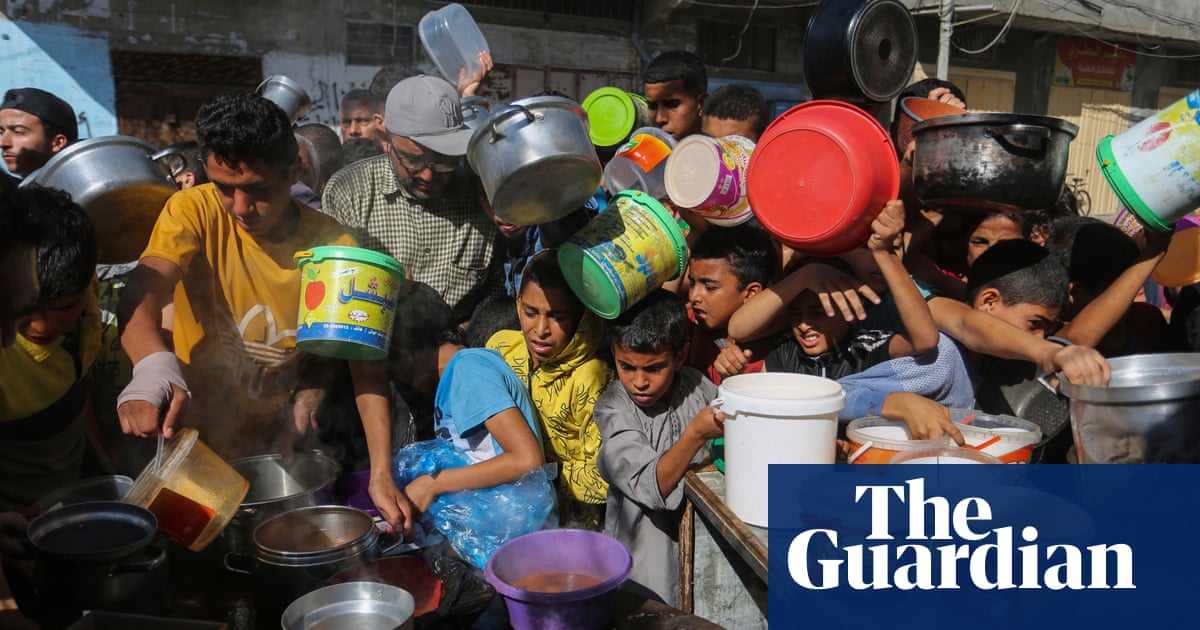
Pockets of famine-like conditions have returned to Yemen for the first time in two years in Hajjah, Amran and al-Jawf, warned the World Bank (WB).
In its Policy Note on the Health Sector in Yemen, the WB indicated that availability of functioning hospitals and primary care centers has dwindled under the weight of conflict, with 80 percent of the population facing significant challenges in reaching food, drinking water, and access to health care services.
“Even prior to the most recent escalation of the conflict, Yemen was one of the poorest countries in the world, with the lowest human development indicators in the Middle East and North Africa.”
Estimates show that approximately 100,000 people died from combat and 130,000 from lack of food, health, and infrastructure, including as many as 3,000 children.
In addition, 45 percent of children who are dying are severely malnourished, and 50 percent of the victims of the conflict are women and children.
The economy has collapsed, with GDP declined by 50 percent, while 58 percent of Yemenis living in extreme poverty, as opposed to 19 percent before the conflict.
Currently, about 24.4 million people, or 80 percent of the population, need humanitarian assistance and face significant challenges in reaching food or health care.
“Despite ongoing humanitarian assistance, 16.2 million Yemenis are food insecure.”
It warned that malnutrition rates among women and children in Yemen remain among the highest in the world, with 1.2 million pregnant or breastfeeding women and 2.3 million children under 5 requiring treatment for acute malnutrition.
“The conflict has led to the virtual collapse of basic social services, including Yemen’s fragile health care system, and COVID-19 exacerbated the situation in Yemen.”
The study shows that health facilities have been damaged or destroyed, and health care workers have often been targeted throughout the conflict, decreasing the availability of infrastructure and human resources for health service provision.
It also noted that the COVID-19 outbreak, flooding, locust infestation, and climate-related hazards have further compounded the impacts of the conflict on people and country systems and underscored their vulnerability to shocks
In recent years, the dire humanitarian situation in Yemen has been exacerbated by multiple and overlapping infectious disease outbreaks such as cholera and dengue.
Not to mention, the COVID-19 pandemic has strained an already weak health system.
“Its mortality rate is high, estimated around 25 percent, and COVID-19 has reduced demand for routine health services such as immunization and maternal care.”
Yemen is ranked 193 out of 195 countries for its ability to manage an epidemic
Major donors have reduced and suspended aid in northern Yemen which created great uncertainty for health service delivery, since the onset of COVID19 and the resulting contraction of the global economy.
The report warned that aside from COVID-19 specific risks, there are also important bottlenecks with regards to the humanitarian space, including restrictions in imports, military checkpoints for humanitarian tracks, as well as bureaucratic restrictions in the front lines hindering the delivery of assistance.
It revealed that Yemen remains highly vulnerable to COVID-19, noting that the official figures of the cases are likely severe underestimates, given that testing in Yemen remains limited.
The World Health Organization believes only 26,000 tests have been conducted, less than 1 per 1,000 people, well below the rate of other countries in the region, and case numbers are regularly reported from only certain parts of the country.
Furthermore, difficulties in the provision of health services are reflected through worsening health outcomes.
Reporting on the health status of Yemenis points to deteriorating health conditions amidst the ongoing conflict, including high levels of child malnutrition, low immunization rates, and outbreaks of communicable diseases.
Maternal and child health are particularly affected by the worsening situation, with the latest estimates pointing to one mother and six newborns dying every two hours.
Additionally, the conflict has also taken a direct toll on the health of the population and is now estimated to be the third main cause of death in Yemen, following ischemic heart disease and neonatal disorders.











